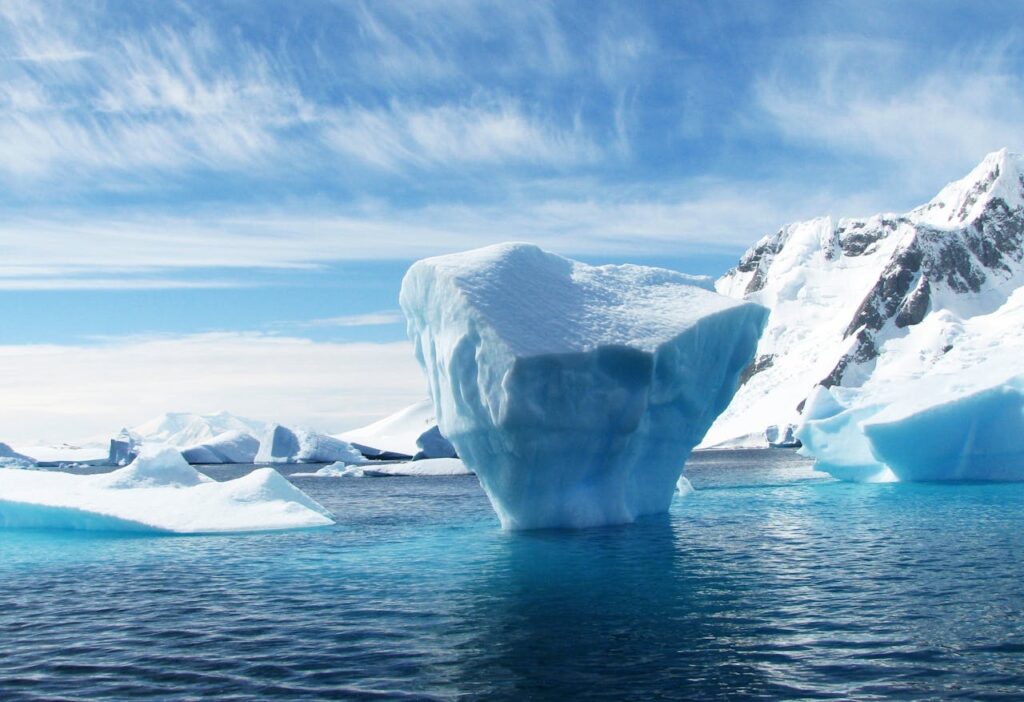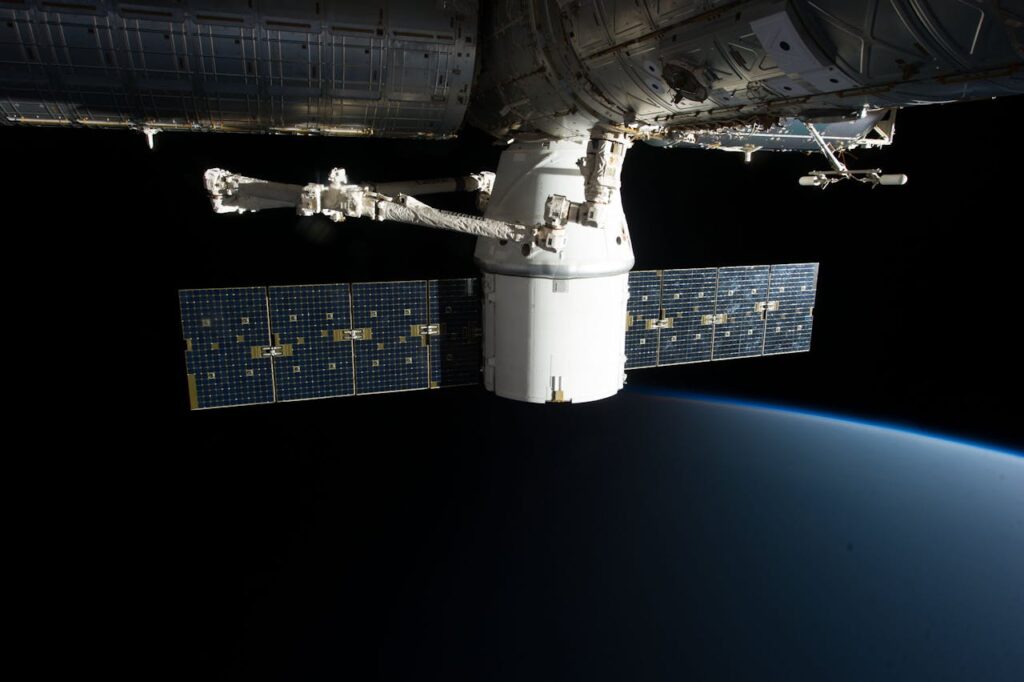The Arctic is often associated with a harsh environment—snow, glaciers, and a frozen ocean capping the top of the world. However, this relatively tranquil and largely uninhabitable region is increasingly becoming a center of international cooperation and competition. Climate change, globalization, and the resurgence of great-power rivalry are transforming the Arctic into a geopolitical hotspot. Washington should continue to work with its allies to establish and enforce the rules governing this evolving landscape.
Arctic’s boundaries
U.S. policy defines the Arctic region as encompassing all land and ocean north of the Arctic Circle (approximately 66.5° N latitude), as well as the Aleutian Islands, the Bering Sea, and parts of western Alaska. The eight nations with territory in the Arctic are Canada, Denmark (via Greenland), Finland, Iceland, Norway, Russia, Sweden, and the United States (via Alaska).
These countries have shared interests, such as cooperating on search-and-rescue missions, enforcing maritime safety regulations, and supporting the well-being of indigenous Arctic communities. However, tensions are rising, particularly between Russia and the other Arctic nations. Additionally, China’s increasing assertiveness in the region contributes to the growing complexity of Arctic geopolitics.
Governance of Arctic
There is no single governing body for the Arctic, but several organizations facilitate cooperation among the Arctic nations. The most notable of these is the Arctic Council, which includes the eight Arctic states and focuses on environmental monitoring, supporting indigenous communities, and emergency response, though it does not address national security issues. With Russia poised to chair the Arctic Council from 2021 to 2023, analysts will be closely observing any shifts in Russia’s behavior during this period.
Other institutions, such as the Arctic Coast Guard Forum, the North Pacific Coast Guard Forum, and various organizations representing indigenous Arctic peoples, also involve all Arctic states but do not tackle security matters.
Security-related discussions and activities now largely exclude Russia due to its broader isolation following the 2014 annexation of Crimea and the invasion of eastern Ukraine. Organizations involved in security issues, such as NATO, the Arctic Security Forces Roundtable, and meetings of Arctic defense chiefs, have limited or excluded Russian participation.
Issues threaten Arctic security
The Arctic region faces a range of complex issues. Advances in technology for extracting natural resources—such as fish, rare earth metals, oil, and gas—are fueling a competition for influence that could lead to future conflicts. Climate change is accelerating the melting of the ice pack, which facilitates access to these resources. Even among allies, there are minor disputes over territorial and navigation rights. Additionally, the expansion of military bases and deployments by some Arctic nations is seen as necessary to protect their resources and logistics networks.
A notable example is the Russian port of Yamal on the Siberian coast, which has become a major exporter of liquefied natural gas (LNG). Since 2017, Yamal LNG has been shipping LNG across the Northern Sea Route (NSR) and through the Bering Strait to China, creating a new strategic energy corridor. In response, Russia has rapidly increased its military presence along its northern coast, bolstered by the Russian northern fleet based near Murmansk, to safeguard the NSR.
Adding to the complexity are Russia’s demands for restrictive measures along the NSR, including requirements for foreign warships to provide advance notice and obtain Russian approval before transiting. These restrictions limit international access to the shipping route and challenge the freedom-of-navigation principles outlined by the UN Convention on the Law of the Sea.
China’s aspirations in the Arctic
In January 2018, the Chinese government outlined its Arctic policy, clearly expressing Beijing’s ambitions in the region. Although China does not make territorial claims in the Arctic, it considers itself a “near-Arctic state” with rights to conduct scientific research, pursue economic resources, and participate in regional governance.
China views the Arctic as a key component of its Belt and Road Initiative, branding its efforts there as the “Polar Silk Road.” Chinese scientists are actively involved in the Arctic research station on the Norwegian island of Spitsbergen, and China has developed the capability to build icebreaking ships and conduct Arctic patrols with its expanding fleet. As China’s presence in the Arctic grows, it could intensify great-power rivalry with the United States and escalate tensions with other Arctic nations.
US Reactions
The primary drivers of U.S. interest in the Arctic include economic development, particularly in the petroleum sector, the rise of great-power competitors like China and Russia, and the need to work with allies to uphold rules-based international norms.
From a security standpoint, the Russian military threat has long been a significant factor behind the U.S.-Canada North American Aerospace Defense Command (NORAD), which aims to safeguard air and sea routes to North America. The polar route is the most direct path for Russian weapon systems, making Arctic monitoring a key priority for NORAD.
Additionally, preserving freedom of navigation in the Arctic is a longstanding U.S. concern. NATO and its democratic allies have increased their exercises in the region to strengthen cooperation. U.S. initiatives, such as the Coast Guard Polar Security Cutter program, are investing in essential equipment like heavy icebreakers to bolster U.S. Arctic capabilities at a critical time.
Edited From: What’s at Stake With Rising Competition in the Arctic?

